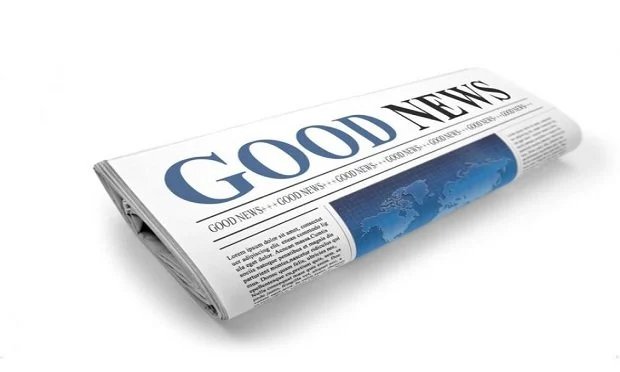Recently, an Ohio FC&S reader wondered, more specifically worried, whether liability-based theories involving progressive damage could be applied in first-party property loss situations. That is not quite the way that the subscriber put his question, but that is what he was getting at.
What does that mean? Progressive losses are when damage to insured property occurs continuously over a period of time, stretching into two or more insurance policy periods. In the liability arena, various coverage trigger theories have developed, such as the manifestation theory (when the damage first becomes or should become evident) and the triple-trigger theory (each single event leading to the ultimate damage is another manifestation of damage, triggering all policies that may have been issued to the insured during the period leading to the ultimate damage). These theories developed out of asbestos litigation and other cases in which bodily injury could be argued to have occurred at various (and multiple) times in the causation chain.
What about first-party property loss situations, such as the one posed by our Ohio subscriber?
Recommended For You
Want to continue reading?
Become a Free PropertyCasualty360 Digital Reader
Your access to unlimited PropertyCasualty360 content isn’t changing.
Once you are an ALM digital member, you’ll receive:
- Breaking insurance news and analysis, on-site and via our newsletters and custom alerts
- Weekly Insurance Speak podcast featuring exclusive interviews with industry leaders
- Educational webcasts, white papers, and ebooks from industry thought leaders
- Critical converage of the employee benefits and financial advisory markets on our other ALM sites, BenefitsPRO and ThinkAdvisor
Already have an account? Sign In Now
© Touchpoint Markets, All Rights Reserved. Request academic re-use from www.copyright.com. All other uses, submit a request to [email protected]. For more inforrmation visit Asset & Logo Licensing.







